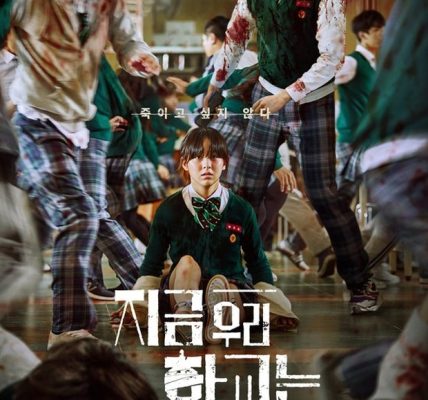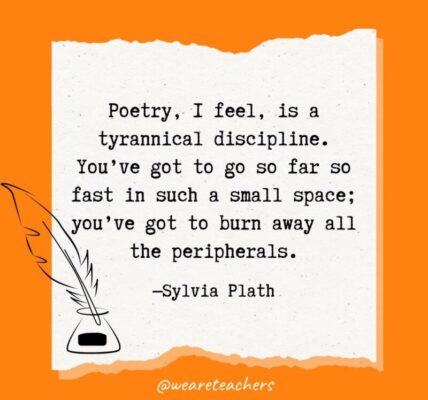The Raid was pretty much a plan B, a backup project born out of frustration. After I’d finished work on Merantau—my first attempt at bringing Pencak Silat, an Indonesian martial art, to the screen—I planned to make something else, something bigger and more epic in scope. The project was called Berandal, a prison movie that morphed into a morality piece that ended with the mother of all dust-ups. It would mark the second collaboration between myself and Iko Uwais, star of Merantau. But months of poor box office results for domestic films made a $3m-plus budgeted Indonesian production a hard sell.
I had spent a year and a half trying to get Berandal up and running; trying to find someone with the belief we could pull it off. But our ask was always too high, and their offers always too low. Not wanting to compromise the film, and with Iko gathering dust at the office, my anxiety grew. Fearing we would never get another stab at making a film again, I returned to the drawing board and began to design something that could be filmed on a budget that would be considered only ‘mildly risky’. Armed with a proposal and a synopsis, all it took was a single afternoon with executive producer Irwan D Musry and we walked away with a film in development.
Back in the 80s and 90s I was a fan of Hong Kong action cinema. Starting with Bruce Lee, Jackie Chan and Jet Li, I soon found myself blown away by the heroic bloodshed films of Ringo Lam, John Woo and Tsui Hark. And I idolised Chow Yun Fat but one of his films, Peace Hotel, always eluded me. All I knew was that Chow Yun Fat played a landlord of a hotel that provided rooms for criminals on the run, and that the poster had him standing outside a ranch wearing a duster and holding a Winchester in his hands. This pretty much made it a must see movie. I could never get hold of it until it aired on cable here in Indonesia while I was miserable about being unable to get Berandal made. Finally sitting down to watch it with after 15 years, I expected it would be a badass actioner with a killer premise; only to realize it was actually a romance comedy with one solitary scene of gunplay at the end.
 I was left with 15 years of imagined action scenes, set ups, and concepts and a need to make something new, on a low budget. Something contained, in a location that we could shoot uninterrupted by weather or outside noise. It was time to start doing some research. When most people talk to me about The Raid, it’s inevitable that they mention its Asian influence but, for me, in a structural sense, almost all of my research outside of the action came from Western cinema. I’ve been a long-time fan of single-location genre pics, and I chose to analyse the structures of my favourite films with this setup.
I was left with 15 years of imagined action scenes, set ups, and concepts and a need to make something new, on a low budget. Something contained, in a location that we could shoot uninterrupted by weather or outside noise. It was time to start doing some research. When most people talk to me about The Raid, it’s inevitable that they mention its Asian influence but, for me, in a structural sense, almost all of my research outside of the action came from Western cinema. I’ve been a long-time fan of single-location genre pics, and I chose to analyse the structures of my favourite films with this setup.
Die Hard, Assault on Precinct 13, District 13, REC 1&2; I watched these films over and over, making notes of what worked and what didn’t while also trying to find ways to subvert certain conventions. One such subversion was to introduce our hero in the opening two-to-three minutes of the film but then, as he is a rookie, to let him take a back seat and allow the senior members of the SWAT team to drive the film forward. I wanted to make this ‘hero’ not immediately proactive but to see how he adapts as the situation grows more and more chaotic around him, and to prove his worth as the film progresses.
Other influences outside of the one-location setup were similar hunter/hunted thrillers like Walter Hill’s The Warriors, Southern Comfort and John Carpenter’s Escape From New York. More importantly however was Romain Gavras’ music video for Born Free by M.I.A; a phenomenal piece of work, it was the first thing anyone in my cast and crew was shown once they joined our production.
None of these scream martial arts action, but they were all hugely influential in the design of The Raid. There was a moment early on when I realised that, if I stripped away the action beats, essentially what I was making was a survival horror. The most base concept was a framework on which I could add moments of tension, suspense and horror; things that are not usually associated with martial arts cinema. I’ve always wanted to be able to blend genres in a way that felt organic, not forced. There seemed to be a perfect opportunity here to maintain an edge and keep the story moving at a ridiculous pace by having these big action set pieces surrounded not by moments of quiet drama, but of tension building and claustrophobia. Once we got inside that building I didn’t want to let go of the audience once.
Working with a $1.2m budget, we knew we had to be creative with the action scenes and find ways to achieve high energy by using every DIY indie trick we had. This extended across all departments. Using a FigRig stabilisation device, we were able to pass the camera from one DoP to another, giving us the illusion of the camera defying gravity while also travelling through extremely tight spaces. We wanted to cover every corner of the building. For special effects we knew we had to move very fast between setups, so for the guns we used simple Airsoft gas blowback replicas. Not a single round was actually fired; we just had the actors mime shooting while our art department used a welding gun to create sparks of light to interact with the set. It allowed us to move through setups quickly with all muzzle flashes and bullet cases added later in post by my genius online editor Andi. And, as I didn’t want practical effects to prevent me from keeping at a wide distance during the fight sequences, a lot of the blood during the knife-fights was also added in post. But wherever we could we would opt for the practical route, even if that meant relying on old theatre tricks, like a condom full of fake blood being pulled open with a trailing wire.
It was a tough shoot. It’s hard to single out a specific scene or shot that was more challenging than any other, but there were certainly days that tested our patience. Shooting martial arts fights is a seriously time consuming process, as you hope and wait for that next take to be the one. If anything, I’d say that the hardest part of making this film was the endurance of it. I say this entirely from the perspective of my cast, who gave their absolute all every single day. When you’re asking someone to beat the shit out of their body for 14hrs a day for six consecutive days, you really do lose your right to bitch about anything!
Everything after our premiere in Toronto last year has been a blur. After all, during production we were all thinking that The Raid was a much smaller film than Merantau, at least in terms of budget. We had no idea that it would take off the way it has; the reactions of fans have been incredibly heart-warming but, at the same time, we’ve worked to keep our feet on the ground. Just after production wrapped I made a list of all the things we made mistakes on, all the things I promised myself I wouldn’t do on the next one. And, thankfully, after the success of The Raid, that next one will be the three year itch I couldn’t scratch. In January 2013, we start production on Berandal, a film that has since undergone a 15-to-20 per cent rewrite to position itself as a sequel to The Raid.
I would love someday to return to UK and make a film there. Right now it feels like an exciting time. It’s great to see films like Kill List and Attack The Block not only getting the support they need to get made, but also enjoying box office success at home. It feels like the industry is becoming more open to genre films and—who knows—maybe someday I can bring a little of Silat to the valleys. Saying that, we used to have a tower block in my village in Hirwaun that would have been an ideal shooting location…but then the council blew it up. •
The Raid opened in the UK on May 18, 2012













